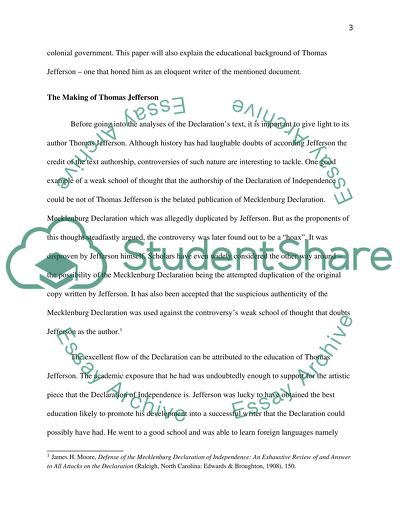Cite this document
(“Declaration of Independence- Thomas Jefferson Final Term Paper”, n.d.)
Declaration of Independence- Thomas Jefferson Final Term Paper. Retrieved from https://studentshare.org/miscellaneous/1572868-declaration-of-independence-thomas-jefferson-final
Declaration of Independence- Thomas Jefferson Final Term Paper. Retrieved from https://studentshare.org/miscellaneous/1572868-declaration-of-independence-thomas-jefferson-final
(Declaration of Independence- Thomas Jefferson Final Term Paper)
Declaration of Independence- Thomas Jefferson Final Term Paper. https://studentshare.org/miscellaneous/1572868-declaration-of-independence-thomas-jefferson-final.
Declaration of Independence- Thomas Jefferson Final Term Paper. https://studentshare.org/miscellaneous/1572868-declaration-of-independence-thomas-jefferson-final.
“Declaration of Independence- Thomas Jefferson Final Term Paper”, n.d. https://studentshare.org/miscellaneous/1572868-declaration-of-independence-thomas-jefferson-final.


